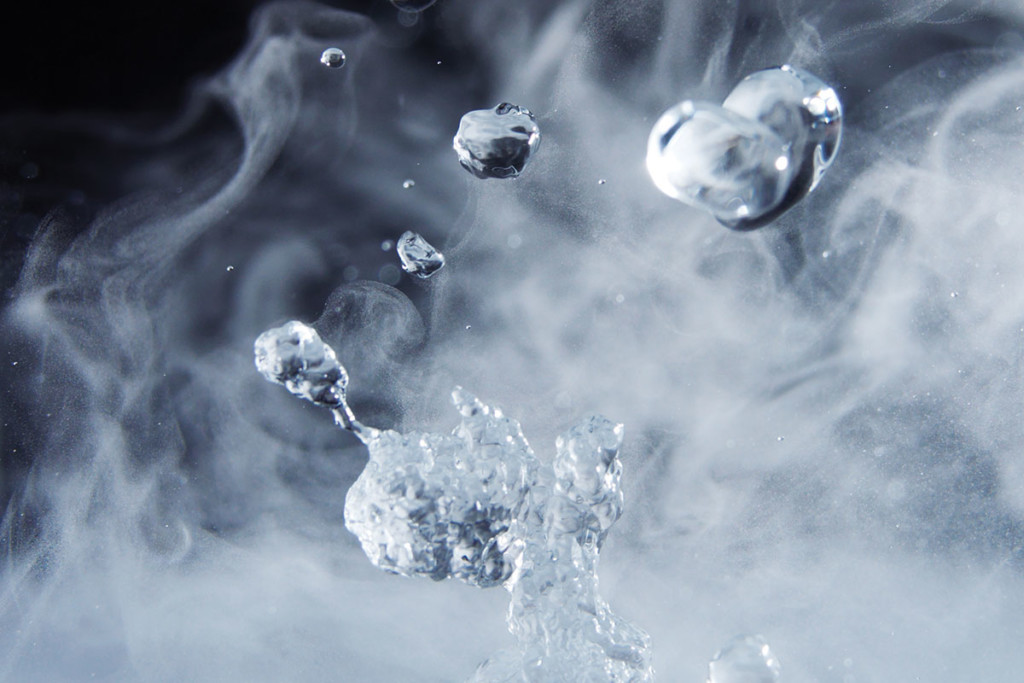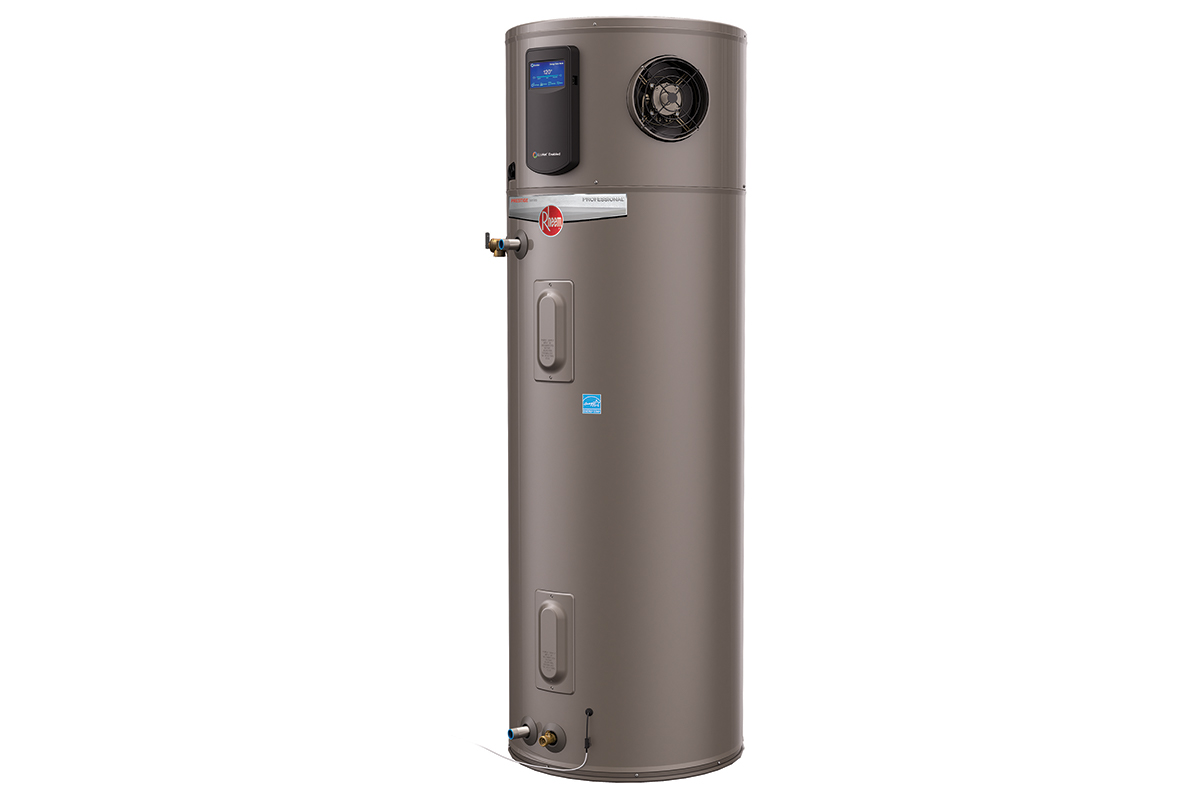How to Keep Your Hot Water Delivery System Effective and Efficient

Hot water is the hottest commodity in a restaurant—not just for cooking, but for keeping everything sanitary, be it dishes, cutlery or employee's hands.
It's a waste of energy when hot water sits in pipes unused; it's also problematic when hot water isn't ready when and were you need it. And the workarounds are more wasteful, whether it's running a tap for water to heat up or repeating a dishwashing cycle to get utensils fully clean.
"Systems that are too large or poorly installed, or recirculation systems that pump too often, all those things end up affecting your bottom line," says Michael Slater, a research engineer with consulting and research company Frontier Energy, who has studied hot water delivery system efficiency in restaurant operations. "The best function you can get out of [the system] can save you the most money."
The Basics
"Hot water systems generally can consist of three things: You have something that consumes hot water and something that gets hot water from point A to point B," Slater says.
Two types of equipment generate hot water: Tank-type water heaters heat up cold water and hold it in a storage tank until you're ready to use it, while tankless water heaters heat water directly without storing it in a tank. The equipment between your water heater and fixtures could be a simple delivery pipe or a full recirculating system with a pump, controls and a loop of piping.
Check the Insulation
Local building codes require foam insulation around recirculation pipes, but it's sometimes missing—and easily fixed to reduce heat loss. "It's such low-hanging fruit," Slater says. The average person can complete the job with a trip to the hardware store and some duct tape, he says; the size of foam insulation needed will depend on the diameter of your piping.
Refine Circulation
Recirculating systems are the current industry standard. "The whole point is to keep that loop hot so it reduces the hot water wait time when you're trying to draw it up from a fixture," Slater says. The question is: Does your operation truly need hot water recirculating 24 hours a day? Operators can invest in pump controls that reduce wasted energy by supplying hot water only when needed. For example, the SmartPlug by Taco Comfort Solutions plugs into an existing hot water recirculation pump, learns your operation's hot water usage patterns and uses that information to cycle the pump on and off. "Anytime you turn that loop off, you've reduced a load on your water heater," Slater says. "For something like a juice shop that is only open for six hours a day, that's a savings of 75%"

Bartenders complaining of cold water at the bar’s hand sink? A tankless point-of-use heater nearby can help. Courtesy of Eemax.
Point-of-Use Heaters
One common pain point for operators is an auxiliary fixture—perhaps a bar sink— where water is slow to warm up. "The farther something is away from the water heater, generally speaking, the less efficient you're going to be," Slater says. "The more pipe in the way, the more heat you lose in the path from heater to fixture."
One solution is to add a small tankless point-of-use heater to provide hot water in closer proximity to the fixture in need. If you already have a gas or electric line to pull from, adding a small tankless heater is a relatively minor retrofit; however, it becomes a major project if electricity or gas lines need to be added, Slater says.
Point-of-use heaters also can play a role in new systems designed from scratch, says Dan Goellner, former national commercial sales manager for tankless water heater supplier Eemax and current regional manager for boiler and water heater supplier Raypak. In a large operation with differing hot water temperature needs throughout the space—for example, 160°F for the kitchen dishwasher and 110°F for restroom sinks—it's unrealistic to expect one water heater to do it all. "It's like buying a pickup truck and expecting it to also work as a bus and a limo," Goellner says.
He suggests choosing a tank-type water heater for the kitchen while equipping restrooms and auxiliary bar or hand-washing sinks with smaller tankless heaters. This type of design cuts down on long lengths of piping and situates the appropriate heaters near points of use.

Schedule regular maintenance, such as filter changes and descaling, to ensure your tank-type water heater runs efficiently. Courtesy of Rheem.
Maintenance Counts
Scheduling regular maintenance with a plumbing professional also is crucial to keeping your hot water system running efficiently. Their work might include replacing filters and descaling the water heater, which involves removing limescale that develops over time as a byproduct of heating water. "The reason that's a problem is that it creates an insulative barrier in between the burner and the water that it's trying to heat," Slater says. "It lessens the efficiency of your water heater as it builds up and it can cause elements to fail." He recommends a maintenance visit every 12 to 18 months depending on the volume of water in your geographical area, as limescale builds more slowly with softer water.
Click here for more background on Frontier Energy's hot water delivery system research.
- Advertisement -
- Advertisement -
TRENDING NOW
- Advertisement -
- Advertisement -
- Advertisement -
